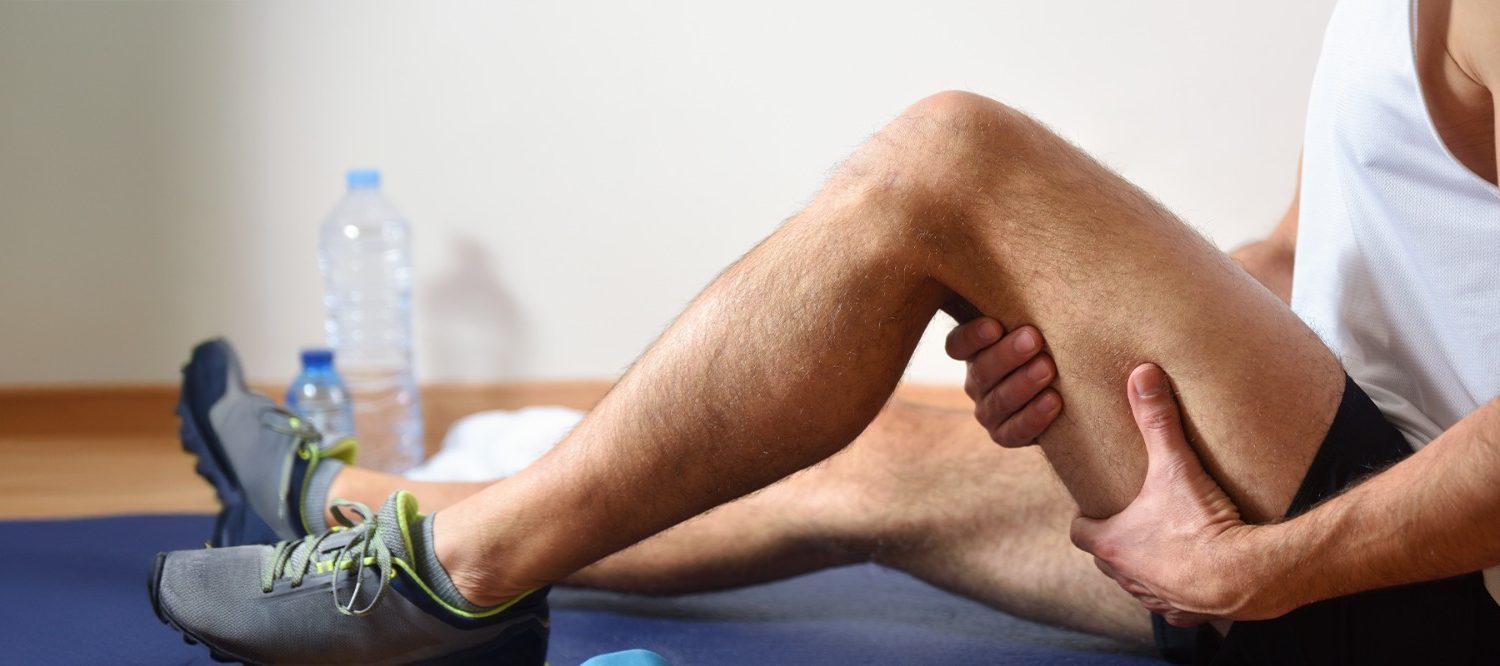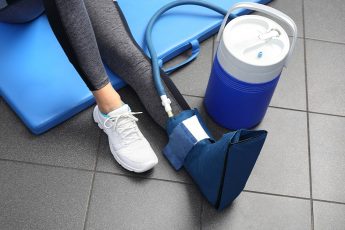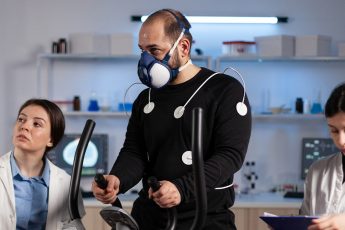
Rehabilitating a Hamstring Injury Properly: From Pain to Performance
A Hamstring injury can be a frustrating interruption if you’re a professional athlete or even just someone who enjoys keeping fit. That single tug in the back of your leg can put your fitness routine on hold—and if not treated properly, it can become a nagging problem that keeps reappearing. But the good news is this: if you use the proper method of rehabilitation, you can heal from hurt to full capacity once again.
Understanding the Hamstring Injury
Your hamstring consists of three muscles that course along the back of your thigh, helping you bend your knee and straighten your hip. If one or more of these muscles become overstretched or torn, they result in a hamstring strain. This usually happens during explosive action like sprinting, jumping, or sudden changes of direction.
The extent of the injury will vary. A mild strain (Grade 1) may be felt as soreness or tightness, but a moderate (Grade 2) or complete rupture (Grade 3) can be with bruising, swelling, and even the inability to walk. Rehabilitation of a hamstring injury with care and precision in each grade is needed to permit complete healing to take place in the long run.
Phase 1: Pain and Swelling Reduction as a First Course of Action
Decreasing swelling and pain is the first action in the event of a hamstring strain. You should use rest, ice, compression, and elevation, popularly known as RICE, in the initial 48 to 72 hours. It doesn’t mean that you do absolutely nothing but do avoid those motions that stress the hamstring.
In some cases, medication or physical therapy modalities like ultrasound, dry needling, or soft tissue mobilization may be applied to treat pain management as well as inflammation reduction and healing initiation.
Phase 2: Gentle Movement and Muscle Activation
Once the initial pain begins to subside, the focus shifts to re-establishing a gentle range of motion. This is where most people make their mistakes and attempt to push too hard, too fast. Aggressive stretching or returning to exercise too soon can re-injure the muscle.
Controlled, low-impact movements—such as slow hamstring stretches, glute bridges, and stationary cycling—assist in activating muscles without over-stressing the damaged tissue. At this phase, having a physiotherapist can significantly contribute to adapting exercises to your healing level.
Phase 3: Strengthening the Right Way
Rebuilding strength is crucial, not just in the hamstring itself but also in the muscles that support it. Weak glutes or an imbalance between your quadriceps and hamstrings can stress your injured leg further. Rehab exercises may include eccentric hamstring curls, step-ups, deadlifts with minimal weight, and core strengthening exercises.
The goal here isn’t to reverse your old way of doing things overnight but to develop increasing intensity under skilled guidance. This strengthens the muscle and also gets it used to fire correctly—avoiding injuries down the line.
Phase 4: Sport-Specific Training and Return to Play
Once strength and mobility have advanced, the last stage of rehab is bringing you back to your activity or sport. It’s not about going faster or heavier. It’s about retraining movement patterns, restoring agility, and gradually exposing the hamstring to the stresses of everyday movement.
A good rehab program includes drills like sprinting with controlled acceleration and deceleration, cutting movements, or jumping—depending on your sport. Before a full return to play, it’s also wise to undergo a final assessment to ensure you’re truly ready, both physically and biomechanically.
Why Rushing Recovery Is a Risk
Maybe the biggest challenge in rehabilitating hamstrings is patience. Most individuals begin to feel better within a week or two and think they can return to training as before. But tissue in the background may still be healing, and re-injury is common if individuals just push it. Studies have shown that athletes who return too quickly are much more likely to suffer from a recurring hamstring injury.
It’s not so much a matter of getting out again to play—of being there.
A Wholistic Approach Makes a Difference
Hamstring rehabilitation is not only physical. There’s a mind aspect as well. Re-injury avoidance might influence the way a person would move, hence hesitant or over compensative movement. A rehabilitation program combining physical and mental readiness can indeed have a huge contribution to the whole recovery process.
Proper nutrition, rest, and stress reduction are also necessary in healing muscles. A well-rounded recovery program addresses the entire person—not just the injured leg.
Choose the Best Support for Your Recovery
Rehabilitating a Hamstring injury need not be left to chance. With professional guidance, you can recover safely, return stronger, and regain faith in your body. Whether a weekend runner or a high-level competitor, customized rehabilitation will enable you to reach your aspirations with fewer frustrations.
Conclusion
Adam Vital Hospital’ Sports Medicine Department, offers premier sports injury rehab with a focus on evidence-guided treatment, leading-edge physio, and customized recovery protocols. Our multi-disciplinary team is committed to your recovery properly—through preliminary indications of injury to peak performance.
Return to the game—stronger, wiser, and completely ready. Begin your journey toward permanent recovery.



